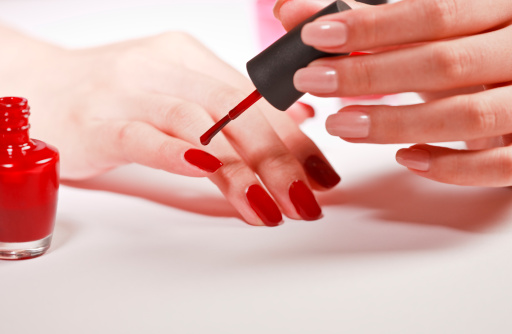Danger at Your Fingertips: This nail polish ingredient may be harming your body
mis à jour le 24 October 2015 à 11:15Triphenyl phosphate, or TPHP, has been found to directly enter the blood stream through absorption in the nails.
That fresh new coat of nail polish you have on may be giving you reproductive complications over the next few days. In a study conducted by Duke University and Environmental Working Group, the common nail polish chemical triphenyl phosphate, or TPHP and sometimes TPP for short, has been found to penetrate the nails and into the bloodstreams of every subject involved in the study.
The chemical gives nail polish its flexible and durable properties, and is used in plastics manufacturing and as a fire retardant in foam furniture. It is suspected to be endocrine-disrupting, meaning it interferes with normal hormone functioning. When tested on animals, it has caused reproductive imbalances, obesity and some heart defects.
Urine samples were collected from 26 willing participants in the study before and after nail polish application. It was found that about two to six hours after application, 24 of the women had significant traces of diphenyl phosphate (DPHP), the metabolite of TPHP, in their samples. Ten to 14 hours after the experiment, DPHP levels in all the participants had risen by an average of nearly seven times, proving that more of the TPHP had been absorbed by the body over time. Tests were also conducted by another group of women who wore gloves and applied the nail polish on synthetic nails. This reaped no such results as seen in the previous study.
So what does this mean for us nail polish lovers? While the non-profit organisation is holding a petition to urge all nail polish manufacturers to remove this harmful ingredient from their products, it will be a long time before we are in a world where every nail polish in the market is 100% safe. If the health complications concern you, always look out for TPHP in the ingredients lists of nail polishes, or opt for nail acrylics and stick-ons to avoid direct contact with the products.
Source: Environmental Working Group
Nur Syazana H.
Photo: Getty Images




